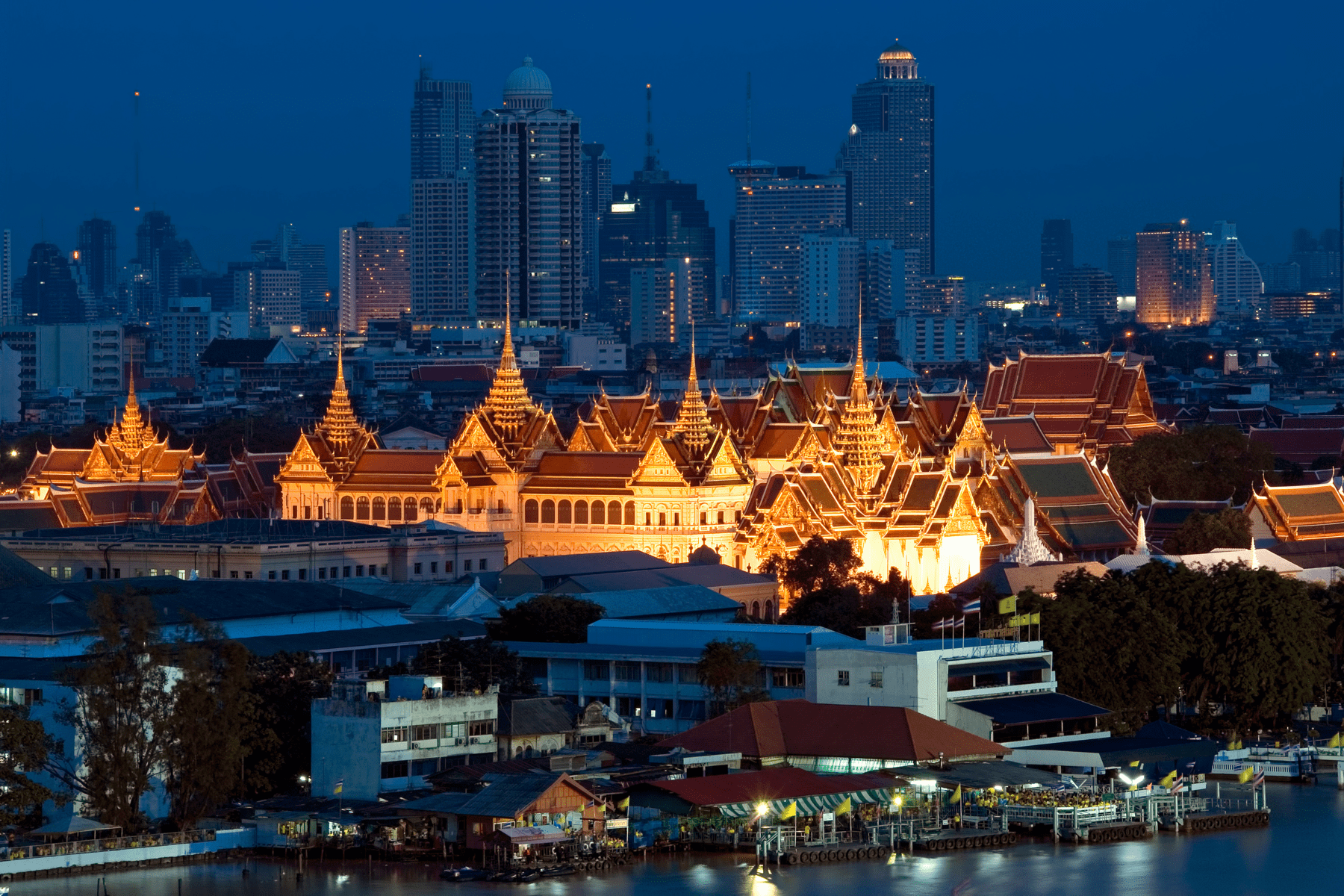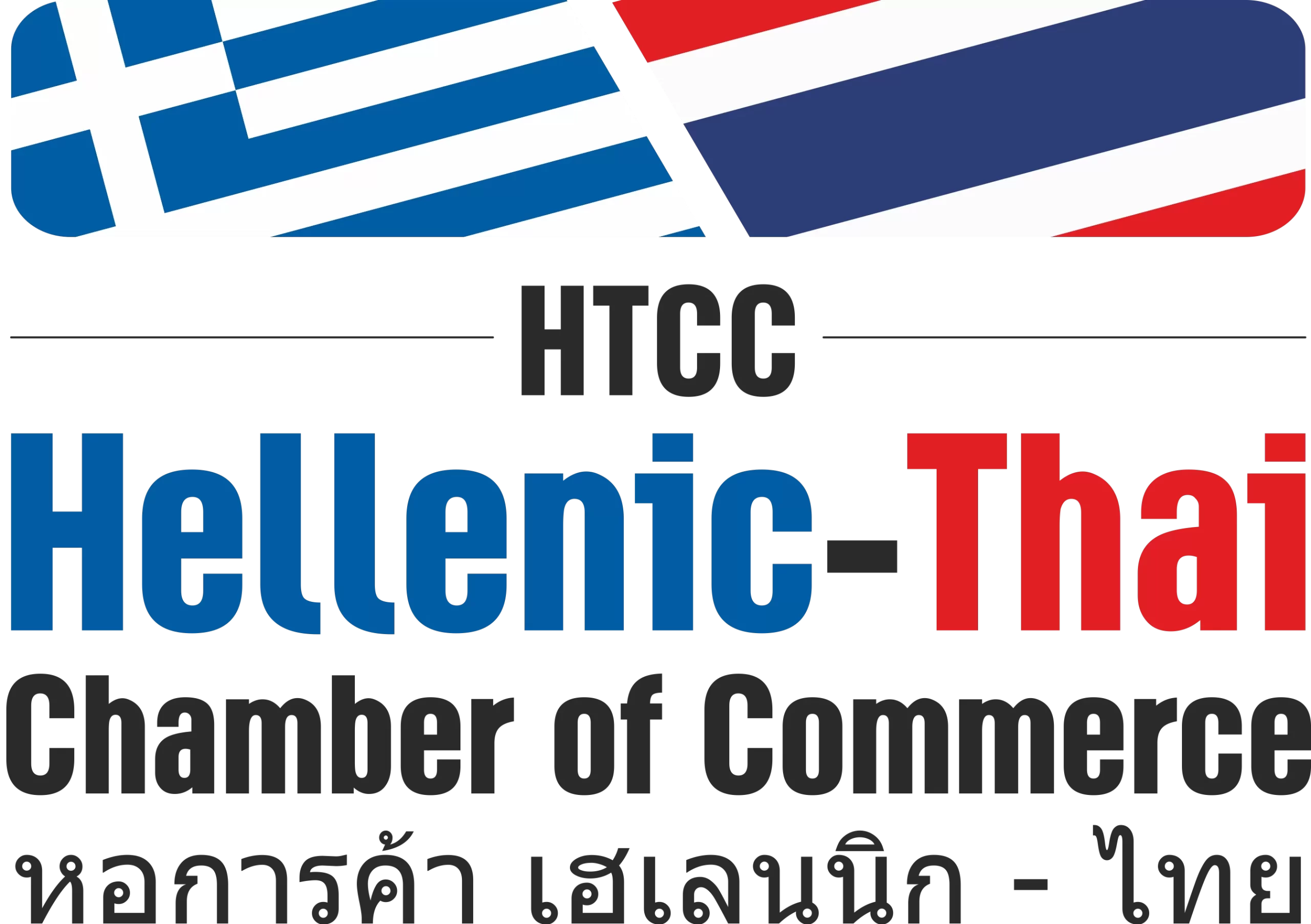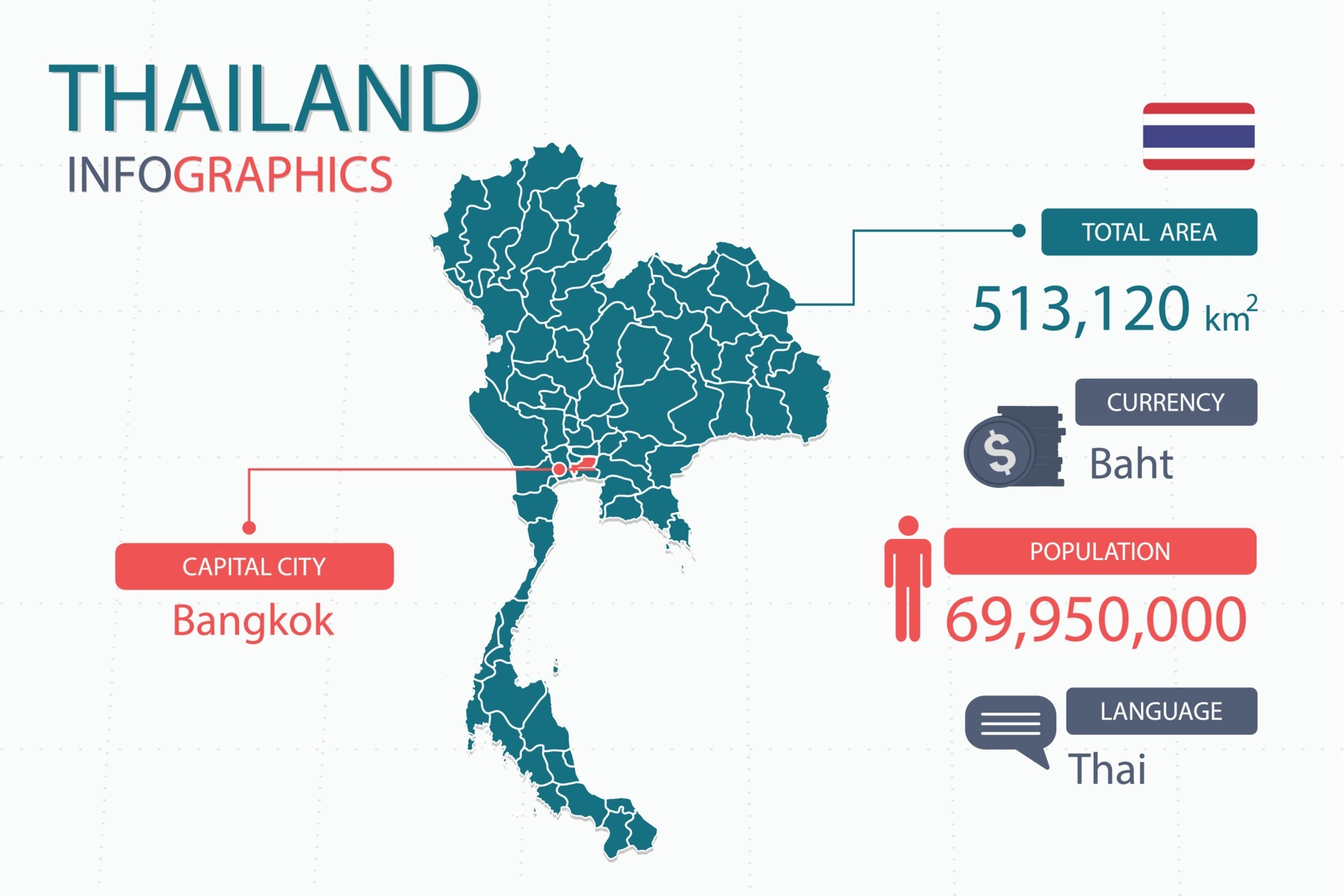Social & Culture in Thailand
HISTORICAL BACKGROUND
Thailand has a wide variety of fauna and flora and boasts wide ethnic diversity. Thanks to its abundant resources and fertile land, it has attracted peoples of many lands who have settled and thrived here.
The origin of the Thais is not agreed on among academics. Three decades ago, it could be said with presumed certainty that the Thais originated in northwestern Szechuan in China about 4,500 years ago and later migrated south to their present homeland. However, this theory has been altered by discovering remarkable prehistoric artifacts in the village of Ban Chiang in the Nong Han District of Udon Thani Province in Northeast Thailand. These include evidence of bronze metallurgy dating back 3,500 years and other indications of a culture far more sophisticated than previously believed by archaeologists. It now appears that Thais might have originated here in Thailand and later scattered to various parts of Asia, including some parts of China.
“Siam” is the name by which the country was known to the world until 1939 and between 1945 and 1949. On May 11, 1949, an official proclamation declared that the country would henceforth be known as “Thailand.” The word “Thai” means “Free,” and therefore, “Thailand” means “Land of the Free.”
GEOGRAPHY
Thailand covers an area of 513,120 square kilometers in the center of the Southeast Asian peninsula. It is bordered by Myanmar (Burma), Lao People’s Democratic Republic, Cambodia, and Malaysia and has 3,219 kilometers of coastline on the Gulf of Thailand and the Andaman Sea. Thailand stretches 1,650 kilometers from north to south, and from east to west, it stretches 780 kilometers at its widest point.
Land Use (2020 est.)
Arable land: 32.9%
Agricultural land: 45%
TOPOGRAPHY
Thailand is divided into four natural regions :
- The North
- The Central Plain, or Chao Phraya River Basin
- The Northeast, or the Korat Plateau
- The South, or Southern Peninsula
The North is a mountainous region comprising natural forests, ridges, and deep, narrow, alluvial valleys. The central city in the region is Chiang Mai.
Central Thailand, the Chao Phraya River basin, is a lush, fertile valley. It is the country’s richest and most extensive rice-producing area and is often called the “Rice Bowl of Asia.” Bangkok, the capital of Thailand, is located in this region. It is also the country’s largest city.
The Northeast region is arid, characterized by rolling surfaces and undulating hills. Harsh climatic conditions often result in this region being subjected to floods and droughts.
The Southern region ranges from hilly to mountainous, with thick virgin forests and rich deposits of minerals and ores. The region is the center for the production of rubber and the cultivation of other tropical crops.

CLIMATE
Thailand is a warm and rather humid tropical country. The climate is monsoonal, marked by a pronounced rainy season lasting from about May to September and a relatively dry season for the remainder of the year. Temperatures are highest in March and April and lowest in December and January. The average temperature is 28.1°C.
POPULATION
The population of Thailand, estimated at 66.09 million (2022), includes ethnic Chinese, Malays, Cambodians, Vietnamese, Indians, and others. A quota system controls immigration. Thailand is the 20th most populated country in the world (2023), and the average annual population growth rate is estimated to be around 0.2% (2023). It is projected to reach a stable population of 70.2 million by 2025. Bangkok alone is home to anywhere between 8 million and 10 million people, and it is by far the biggest city in the country.
Basics
- Time Zone: GMT + 7 (12 hours ahead of East Coast USA during Standard Time)
- Currency: Baht
- Nationality: Thai
- Climate: Tropical
RELIGION
Buddhism, the national religion, is the professed faith of 94.6 percent of the population. Muslims (4.3%), Christians (1%), and others are embraced by the rest of the population. There is absolute religious freedom. The King of Thailand, under the constitution and in practice, is a patron of all major religions.
LANGUAGE
The official national language is Thai. It is tonal, uninflected, and predominantly uses monosyllabic words. Most polysyllabic words in the vocabulary have been borrowed, mainly from Khmer, Pali, and Sanskrit. Dialects are spoken in rural areas. Other languages are Chinese and Malay. English, a compulsory subject in public schools, is widely spoken and understood, particularly in Bangkok and other major cities.

THE MONARCHY
The words of the Thai Royal Anthem, performed at most official ceremonies and before the start of every movie, may strike a Western ear as somewhat archaic.
After all, the system of absolute monarchy ended in 1932, following a revolution staged by a small group of disaffected civil servants and military men. Since then, Thai kings have ruled under a constitution; their powers theoretically no greater than those of European monarchs.
Thailand marked a historic milestone with the passing of His Majesty King Bhumibol Adulyadej on October 13, 2016. A head of state who reigned for 70 years was loved by his people and became the embodiment of Thai nationhood. Crowned on May 5, 1950, King Bhumibol pledged, “We shall reign with righteousness for the benefit and happiness of the Siamese people.” He more than fulfilled his pledge, performing his duties in support of establishing a solid foundation for development and helping to put the country on a path to more rapid industrial growth. An essential element of the King’s thinking, which he strongly emphasized, was support for the country’s national development and working to improve the economy’s fundamentals.
Presently, His Majesty King Maha Vajiralongkorn Bodindradebayavarangkun ascended the throne as King Rama X of the Royal House of Chakri. He is the only son, the second of four children, of His Majesty King Bhumibol and Her Majesty Queen Sirikit. His Majesty accompanied the late King and Her Majesty Queen Sirikit on visits to the remote rural areas to help ease local people’s problems. Aware of the importance of education, His Majesty supports education and sports development at various levels for young people, who are regarded as the country’s future. He initiated the establishment of a scholarship in 2009. The scholarship program has been operating with his personal funds and donated funds presented to him for charitable purposes. The funds have been used to support education for needy students continually.
FLAG
Thailand’s national flag, ceremoniously raised each morning at 08.00 hrs and lowered at 18.00 hrs in every town and village, comprises five horizontal bands of red, white, and blue. Outer bands of red representing the nation enclose equal inner bands of white evoking religion. The blue band, occupying the central one-third of the total area, symbolizes the monarchy. The harmony of design expresses the complementary nature of these three pillars of the Thai nation. The tri-colored flag, first introduced by King Vajiravudh (Rama VI) in 1917, replaced an earlier design that featured a white elephant on a red background.
NATIONAL DAY
December 5th is the Thai National Day. It is a public holiday.
PUBLIC HOLIDAYS
Most national holidays and festivals are religious and evoke a sense of devotion to the monarchy, the religion, and the nation. The lunar calendar celebrates some and thus varies in date from year to year, while others are celebrated according to the solar calendar. Bank Holidays for 2023 are:
List of Legal Holidays to be Observed by the Bank of Thailand and Financial Institutions in Thailand during 2023
- Monday 2nd January Substitution for New Year’s Eve and New Year’s Day (Saturday 31st December 2022 and Sunday 1st January 2023)
- Monday 6th March Makha Bucha Day
- Thursday 6th April Chakri Memorial Day
- Thursday 13th April Songkran Festival
- Friday 14th April Songkran Festival
- Monday 1st May National Labour Day
- Thursday 4th May Coronation Day
- Friday 5th May Additional special holiday
- Monday 5th June Substitution for H.M. Queen Suthida Bajrasudhabimalalakshana’s Birthday and Wisakha Bucha Day (Saturday 3rd June 2023)
- Friday 28th July H.M. King Maha Vajiralongkorn Phra Vajiraklaochaoyuhua’s Birthday
- Tuesday 1st August Asarnha Bucha Day
- Monday 14th August Substitution for H.M. Queen Sirikit The Queen Mother’s Birthday / Mother’s Day (Saturday 12th August 2023)
- Friday 13th October H.M. King Bhumibol Adulyadej The Great Memorial Day
- Monday 23rd October Chulalongkorn Day
- Tuesday 5th December H.M. King Bhumibol Adulyadej The Great’s Birthday/ National Day / Father’s Day
- Monday 11th December Substitution for Constitution Day (Sunday 10th December 2023)
For financial institutions in Narathiwat, Pattani, Yala, Satun, and Songkhla, extra holidays are given for the Chinese New Year Day, Eidal-Fitr Day (Ramadan Day), and Eidal–Adha Day (RayaHajji Day) announced by the Sheikhul Islam Office if it does not fall on any of the holidays listed above or Saturday and Sunday.
GOVERNMENT
In Thailand, the King is the head of state, while the leader of the government is the Prime Minister. Other chief executives include cabinet members, ministers, and high-ranking government officials in ministries, bureaus, and agencies. As head of state, the King can exercise sovereign power through the National Assembly, the Council of Ministers, and the Courts. The Prime Minister functions in the name of the King and is responsible for all royal commands regarding the affairs of the State.
PROVINCES
Thailand is divided into 77 provinces (Changwat), which are grouped into five groups of provinces by location. There are also two special governed districts, which are the capital – Bangkok (Krung Thep Maha Nakhon in Thai) and Pattaya. However, Pattaya is still part of Chonburi Province, while Bangkok is at the provincial level. Each province is divided into smaller districts – as of July 2015, there are 878 districts (amphoe) and 50 districts of Bangkok (khet). However, some parts of the provinces bordering Bangkok are called Greater Bangkok (Pari Monthon). These Provinces include Nonthaburi, Pathum Thani, Samut Prakan, Nakhon Pathom, and Samut Sakhon.
Reproduced from the website of Thailand’s (BOI) Board of Investment

